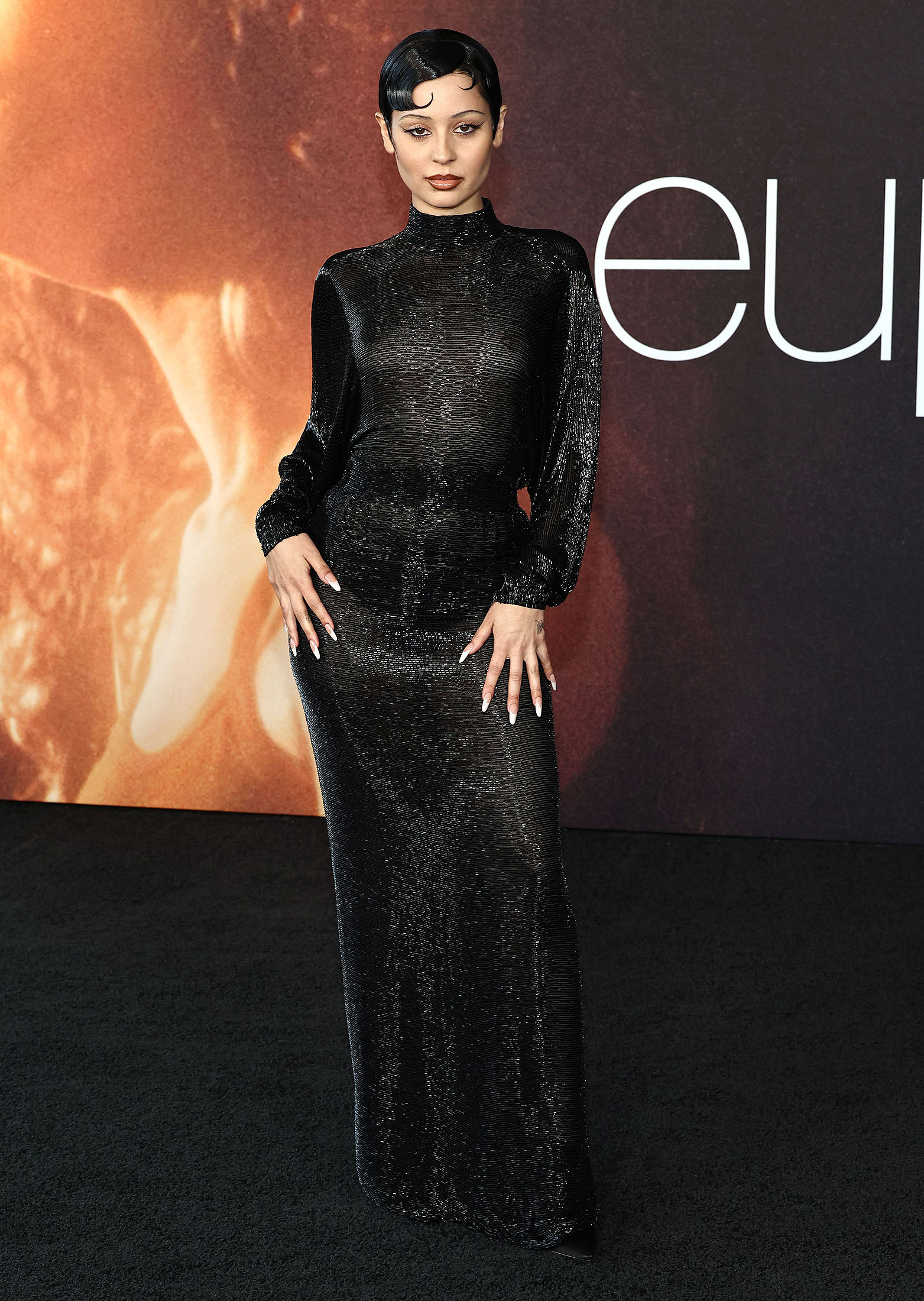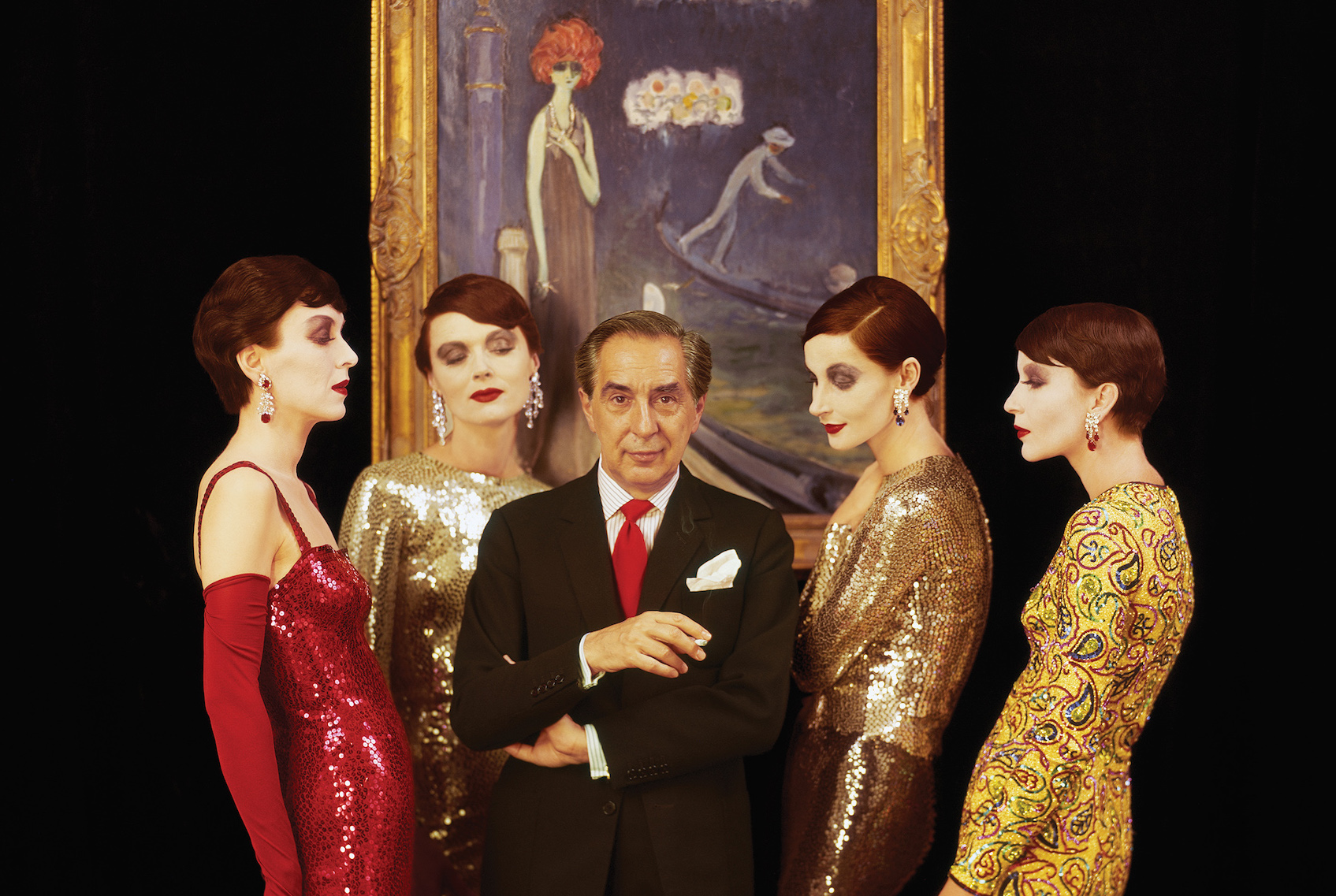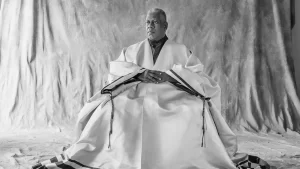Long before the Indiana Fashion Foundation became a founding member of the CFDA Connects program, Indiana already had quite the relationship with the New York fashion powerhouse. Flashback to the early 1900s, two of America’s greatest fashion designers and future Council of Fashion Designers of America (CFDA) presidents were born in Indiana — Norman Norell and Bill Blass. You might know them as “The Dean of American Fashion” and as the first couture women’s designer to start a menswear line, respectively. And you have probably seen both of their designs being worn by some of the most iconic celebrities and socialites of the time.
Norman Norell was born Norman David Levinson in Noblesville, Indiana on April 20, 1900. Like a lot of other male fashion designers, Norell’s introduction to fashion was his mothers fashion magazines. His father also owned a Haberdashery in Indianapolis. So, it’s no wonder fashion seemed to come so naturally to the designer. Once Norell turned 18, he packed his bags, went to the Big Apple, and enrolled at the Parsons School of Design. He returned to Indianapolis for a short time following his graduation and opened a batik shop before going back to NYC and continuing his education at Pratt Institute.
After his time at Pratt, Norell utilized his newfound costuming knowledge and began working in film for a number of years. It wasn’t until 1924 when Norell would begin his career in women’s fashion. During his time working for Hattie Carnegie — a fashion entrepreneur — Norell was lucky enough to travel to Europe and study the techniques of French couture dressmaking, which he would later use in his own designs. Fast-forward to 1960, Norell was finally able to open his own firm, Norman Norell, New York, where he produced his first ever solo collection inspired by the glamor of the 1920s. Norell’s career gained him a star status that not many designers can even dream of. He was the first-ever winner of the prestigious Coty American Fashion Critics award — which he won two more times — and became President of the CFDA from 1965 to 1973. Norell’s designs are characterized by simple and sophisticated silhouettes with a touch of American playfulness. His couture techniques produced garments of exceptional quality that withstand the test of time.

During the time Norell was creating womens fashion, there was another designer making a name for himself — Bill Blass. Blass was born William Ralph Blass on June 22, 1922 in Fort Wayne, Indiana to a dressmaker. From the very young age of 17, Blass was already selling designs to New York manufacturers for $25 each. His entrepreneurial mind allowed him to save enough money to move to New York and study at Parsons School of Design. According to Blass, he could not have made the move fast enough. In an interview in 1968, Blass described his hometown as “a miserable place to grow up in.”
Unfortunately for Blass, his dreams of fashion were interrupted when he enlisted in the “603rd Camouflage Battalion, informally known as the Ghost Army” — a counterintelligence group — during the second world war. After his time in the military, Blass bounced around from design job to design job, before he landed a position where he was able to climb the ranks and buy out his partner, creating Bill Blass, Ltd. His incredibly chic designs proved to be a hit with the American woman. He became known for his sportswear and the blurring of day and evening wear. Blass was also the first designer to really embrace licensing. By the 1990s, he had almost 100 licensees; creating a wide range of products from luggage, perfume, and even chocolate. Blass’s exceptionally keen eye for design resulted in the Ford Motor Company reaching out to him to design some of their cars.
Blass eventually returned to his native city of Fort Wayne in 1971 — after 25 years — to attend a charity fashion show. He was one of the participating designers in The Battle of Versailles Fashion Show held in 1973. He, along with Oscar de la Renta, Stephan Burrows, Anne Klein, and fellow Hoosier, Halston, went toe-to-toe against some of France’s most respectable designers of the time, including Yves Saint Laurent and Hubert de Givenchy — to name a couple. This single event helped catapult American fashion into the limelight and legitimize American fashion in the eyes of Europe.
Blass was instrumental in establishing the concept of the celebrity designer through his friendships with New York socialites and by featuring himself in ads for his collections. He served as the President of the CFDA from 1980 to 1981. Though his tenure there was short, he brought a great amount of respect to the organization as a three-time Coty American Fashion Critics Award winner. Blass’s understated style is what made his designs so appealing. His midwestern sensibilities helped him pave the way for other American fashion designers.
Both Norell and Blass are incredibly important figures in American Fashion history. The two held in common elegance, simplicity, unmatched craftsmanship, a prodigal eye to design, and roots in Indiana. Indiana Fashion Foundation works hard to honor and continue a legacy of fashion here in Indiana that these two brilliant designers helped to solidify. As we continue our work to shed light on this legacy, we look forward to more of Indiana’s designers achieving great success just like these Hoosier trailblazers.
Sources
Smith, Meghan. “Guest Blog: Bill Blass’ Fashion Designing Dreams Began in Indiana Hometown.” Indiana State Museum, 9 Sept. 2020, https://www.indianamuseum.org/blog-post/dreaming-dreams/.
CFDA. “In Memoriam Bill Blass.” CFDA, CFDA, n.d., https://cfda.com/members/profile/bill-blass.
Ghelerter, Donna. “Norman Norell.” LoveToKnow, LoveToKnow Media, n.d., https://fashion-history.lovetoknow.com/fashion-clothing-industry/fashion-designers/norman-norell.








